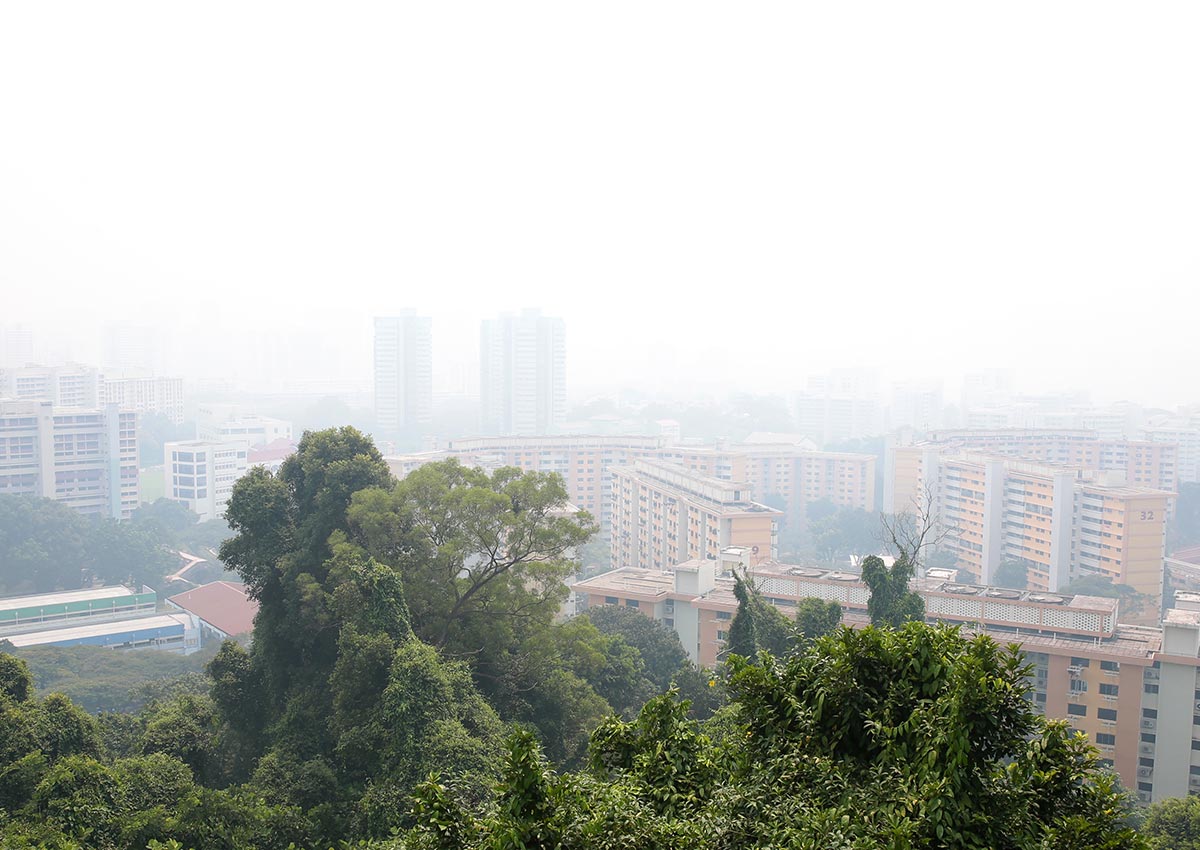var chart = new CanvasJS.Chart(“chartContainer”, {
backgroundColor: “#dbf0ff”,
title:{
text: “3-hr PSI Readings on 26 Aug 2016”,
fontColor: “#3b444f”,
fontSize: 24,
fontFamily: “arial”,
},
axisX:{
gridColor: “white”,
lineColor: “white”,
labelFontColor: “black”,
},
axisY:{
gridColor: “white”,
lineColor: “white”,
labelFontColor: “black”,
},
legend: {
horizontalAlign: “center”, // “center” , “right”
verticalAlign: “bottom”, // “top” , “bottom”
fontSize: 15
},
data: [ //array of dataSeries
{ //dataSeries – first quarter
/*** Change type “column” to “bar”, “area”, “line” or “pie”***/
type: “splineArea”,
name: “3-hr PSI”,
color: “#0084C9”,
indexLabel: “{y}”,
legendText: “Numbers”,
dataPoints: [
{ label: “1am”, y: 37 },
{ label: “2am”, y: 31 },
{ label: “3am”, y: 23 },
{ label: “4am”, y: 24 },
{ label: “5am”, y: 28 },
{ label: “6am”, y: 31 },
{ label: “7am”, y: 51 },
{ label: “8am”, y: 68 },
{ label: “9am”, y: 90 },
{ label: “10am”, y: 111 },
{ label: “11am”, y: 128 },
{ label: “12pm”, y: 165 },
{ label: “1pm”, y: 198 },
{ label: “2pm”, y: 215 },
{ label: “3pm”, y: 188 },
{ label: “4pm”, y: 157 },
{ label: “5pm”, y: 135 },
]
},
]
});
chart.render();
}
SINGAPORE – Acrid smog blanketed Singapore Friday as the city-state was hit by the year’s first major outbreak of haze, an annual crisis sparked by forest fires in neighbouring Indonesia.
Singapore’s air quality index reached unhealthy levels with conditions deteriorating through the day, marking the worst return of the haze to the city since vast parts of Southeast Asia were affected in 2015.
Last year’s haze outbreak was among the worst in memory, shrouding Malaysia, Singapore, and parts of Thailand in acrid smoke.
The blazes are started illegally to clear land, typically for palm oil and pulpwood plantations, and Indonesia has faced intense criticism from its neighbours over its failure to halt the annual smog outbreaks.
Singapore’s National Environment Agency said the three-hour Pollutant Standards Index (PSI) was at 165 as of 0400 GMT on Friday. The reading for the 24-hour period, however, was on the higher band of the moderate range.

PSI levels above 100 are deemed unhealthy and people are advised to reduce vigorous outdoor activity.
A cloud of greyish smoke swept across the island, accompanied by a strong smell of burning foliage.
Visibility from high-rise offices and other vantage points was virtually zero. An AFP photographer said he could hardly see the skyline from one of the city’s highest points at Mount Faber.
Smog was also visible in Kuala Lumpur, the capital of neighbouring Malaysia, over a few days last week but did not breach unhealthy levels.
An area in the Malaysian state of Perak had briefly tipped over to the unhealthy range for a few hours last week, according to local media.
Singapore last September closed schools and distributed protective face masks as the air pollution index soared to hazardous levels following three weeks of being cloaked in smoke from Indonesia’s nearby Sumatra island.
Indonesia’s Meteorology, Climatology and Geophysics Agency said on its website that the number of “hotspots” on Sumatra – which sits across the Malacca Strait from Singapore – had increased in the past 48 hours.
A hotspot is an area of intense heat detected by satellites, indicating a blaze has already broken out or that an area is very hot and likely to go up in flames soon.
As of midnight local time on Thursday, there were 68 hotspots on Sumatra, up from 43 two days earlier, the agency said.
In the Indonesian part of Borneo island – another area where large numbers of smog-belching fires occur every year – there were 31 hotspots as of midnight Thursday local time, it added.
However there were far fewer fires than at the peak of last year’s crisis, when hundreds burned out of control.
Three provinces on Sumatra and three on Indonesian Borneo have in recent months officially declared they are on alert owing to the growing threat from forest fires.
The Indonesian disaster agency is currently using eight water-bombing helicopters, two water-bombing planes, and two cloud-seeding planes to combat the fires, according to agency spokesman Sutopo Purwo Nugroho.
For more haze updates from AsiaOne, click here:



























































































